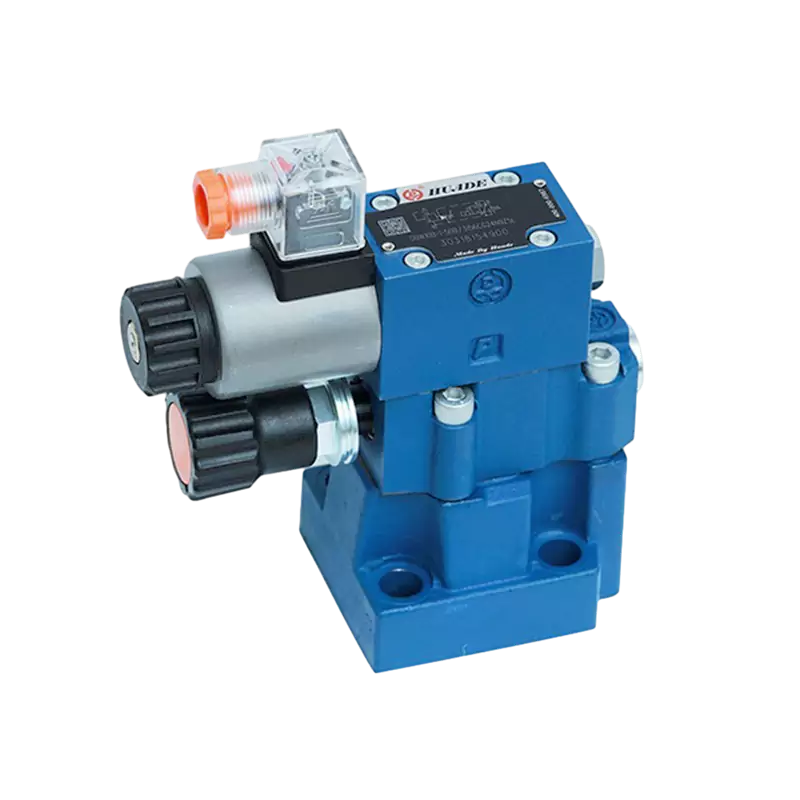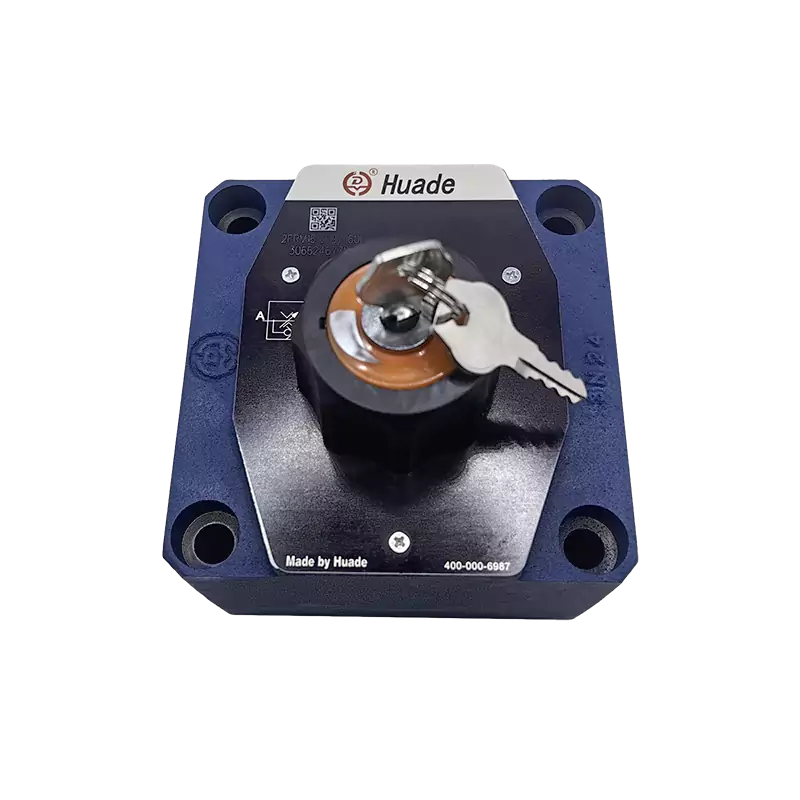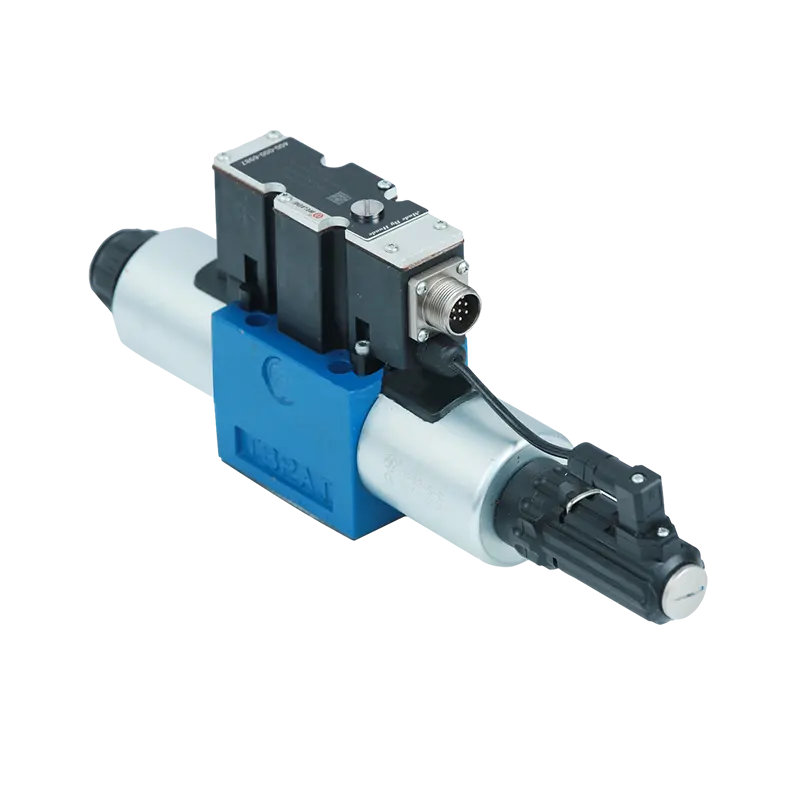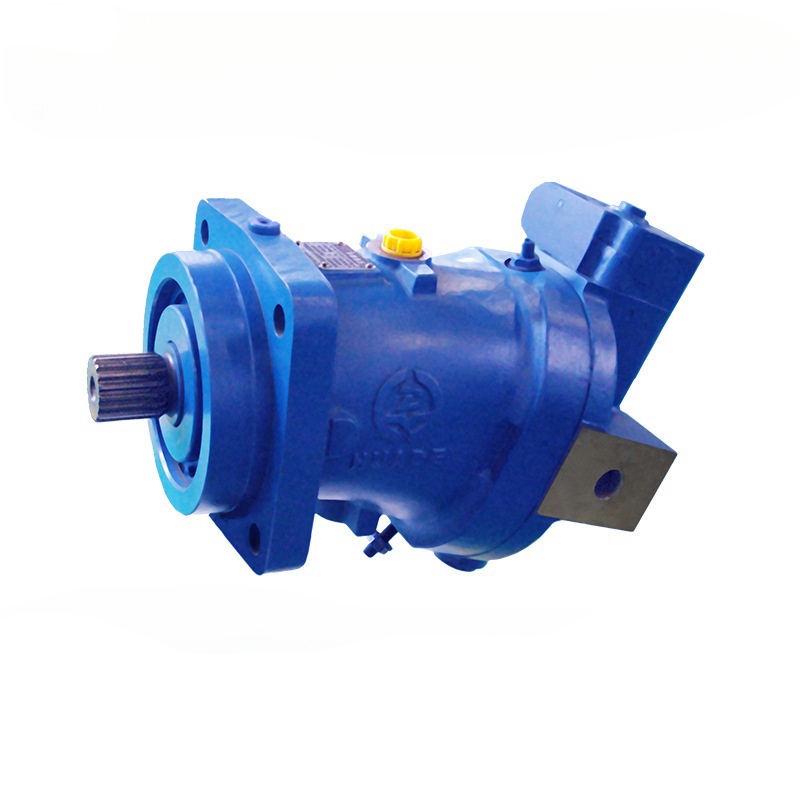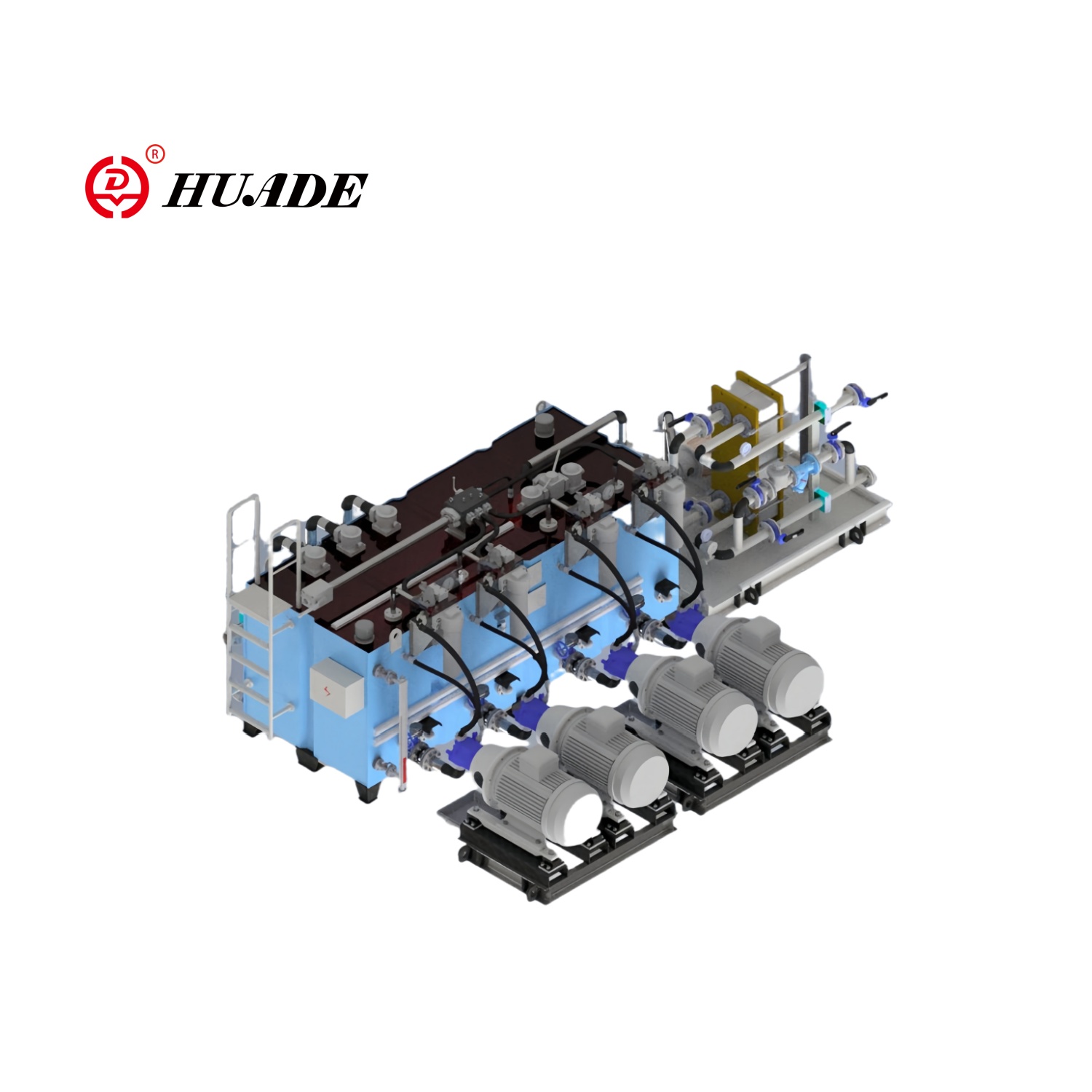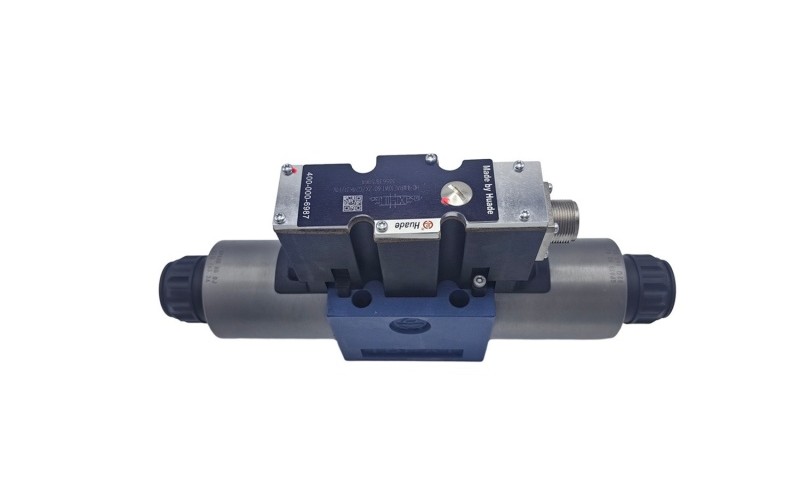What is a Butterfly Check Valve?
A butterfly check valve is like a one-way door for liquids, part of the check valve family. It opens when fluid flows forward and automatically closes when the flow stops or tries to go backward. The name "butterfly" comes from its two curved plates that look like butterfly wings when they open.
You might also hear these valves called:
- Dual plate check valves
- Double disc check valves
- Wafer check valves
Important note: Don't confuse butterfly check valves with butterfly control valves. Check valves work automatically, while control valves need someone or something to operate them. To understand how directional control valves differ, see our guide.
How Does a Butterfly Check Valve Work?
Think of a butterfly check valve like a pair of swinging doors that only open one way. Here's what happens:
When Water Flows Forward
- Water pressure pushes against the two butterfly plates
- The plates swing open, creating a clear path for water to flow through
- Springs inside the valve get compressed as the plates open
When Water Stops or Tries to Flow Backward
- The compressed springs quickly push the plates closed
- Any backward pressure helps seal the plates even tighter
- This prevents water from flowing in the wrong direction
The whole process happens automatically without any electricity or manual control. It's like having a security guard that never sleeps, always watching to make sure water flows the right way.
Parts of a Butterfly Check Valve
Understanding the main parts helps you see why these valves work so well:
- Butterfly Plates (Discs): Two curved pieces that open and close like wings
- Hinge Pin: The central pivot point that the plates rotate around
- Springs: Provide the force to close the plates quickly
- Valve Body: The main housing that connects to your pipes
- Seat: The sealing surface that stops leaks when the valve is closed
Why Choose Butterfly Check Valves?
Butterfly check valves have several advantages over older designs:
Compact Size
These valves are much smaller and lighter than traditional swing check valves. This makes them perfect for tight spaces or when you need to save weight.
Fast Closing Action
The lightweight plates and strong springs mean the valve closes very quickly. This prevents "water hammer" – the loud banging noise and pressure surge that happens when water suddenly changes direction.
Low Pressure Drop
When open, butterfly check valves don't restrict water flow much, which means your pumps don't have to work as hard.
Flexible Installation
You can install these valves in different positions – horizontally or vertically (as long as water flows upward).
Types of Connections
Butterfly check valves come with different connection types:
Wafer Type
Sandwiched between pipe flanges. Most compact and affordable option. Great for most applications. Compare with flanged check valves for different connection options
Lug Type
Has threaded holes for independent bolting. Easier to maintain. Can handle "dead-end" service.
Flanged Type
Has built-in flanges. Strongest option for high pressure. Takes up more space and costs more.
Materials Matter
The materials used in butterfly check valves must match what's flowing through them:
Valve Body Materials
Cast Iron
Good for basic water systems
Ductile Iron
Stronger, handles higher pressure
Stainless Steel
Resists rust and chemicals
Carbon Steel
For high-pressure, high-temperature applications
Seat Materials
The seat creates the seal when the valve closes:
EPDM
Perfect for water systems, handles hot and cold well
BUNA-N
Great for oil and fuel applications
Viton
Resists most chemicals and high temperatures
PTFE
Works with almost any chemical but can be tricky in high-pressure situations
Where Are Butterfly Check Valves Used?
These versatile valves work in many different industries:
Water Treatment Plants
Protect pumps and prevent contaminated water from flowing backward into clean water supplies.
Buildings and HVAC Systems
Keep heating and cooling water flowing in the right direction, making systems more efficient.
Power Plants
Protect expensive turbines and pumps from damage caused by reverse flow.
Oil and Gas Facilities
Ensure process fluids flow correctly and protect compressors from backflow.
Ships and Marine Applications
Control seawater flow in ballast tanks and cooling systems while resisting saltwater corrosion.
Fire Protection Systems
Make sure water reaches sprinklers and fire hydrants when needed, preventing pressure loss.
Installation Tips
Getting the best performance from your butterfly check valve starts with proper installation:
- Check Everything First: Make sure the valve materials work with your fluid and inspect for shipping damage
- Align Pipes Carefully: Misaligned pipes can stress the valve and cause problems
- Position Correctly: Install with the valve discs closed to protect the seats
- Tighten Properly: Use a cross-pattern when tightening bolts and follow the manufacturer's torque specifications
- Test the System: Run water through to make sure everything works correctly
Maintenance and Troubleshooting
Butterfly check valves need minimal maintenance, but regular checks keep them working well:
Regular Maintenance
- Look for external leaks around bolts and connections
- Check that bolts stay tight
- Test the valve operation during system shutdowns
- Inspect internal parts for wear when possible
Common Problems and Solutions
Industry Standards and Quality
Quality butterfly check valves meet specific industry standards:
- API 594: The main standard for check valve design and testing
- ASME B16.34: Ensures valves can handle rated pressures and temperatures
- API 598: Covers testing to make sure valves don't leak
When buying butterfly check valves, look for these certifications to ensure you're getting a reliable product.
Leading Manufacturers
Several companies make high-quality butterfly check valves:
Global Leaders:
- Emerson
- Crane Co.
- IMI Critical Engineering
Specialized Manufacturers:
- Neway Valve (comprehensive range for various industries)
- Xintai Valve Group (focus on stainless steel applications)
- XHVAL (diverse designs for different needs)
Cost Considerations
Butterfly check valves offer good value because:
- Lower initial cost than many alternatives
- Reduced installation time due to compact size
- Less maintenance required over their lifetime
- Energy savings from low pressure drop
- Fewer system problems due to reliable operation
The Future of Butterfly Check Valves
As industries focus more on efficiency and reliability, butterfly check valves continue to evolve:
- Better materials for harsh environments
- Improved spring designs for even faster closing
- Smart monitoring capabilities for predictive maintenance
- More sustainable manufacturing processes
Making the Right Choice
When selecting a butterfly check valve, consider:
- What's flowing through it? (water, oil, chemicals, etc.)
- System pressure and temperature
- Available installation space
- Maintenance requirements
- Budget constraints
- Industry standards that apply
Conclusion
Butterfly check valves are essential components in modern fluid systems. Their combination of compact design, reliable operation, and cost-effectiveness makes them the preferred choice for many applications. Whether you're working on a water treatment plant, HVAC system, or industrial process, understanding these valves helps ensure your systems run safely and efficiently.
The key to success with butterfly check valves is choosing the right materials for your application, installing them correctly, and maintaining them properly. With proper selection and care, these valves will provide years of trouble-free service while protecting your valuable equipment and maintaining system integrity.
Remember, when it comes to controlling flow direction in your piping systems, butterfly check valves offer the perfect balance of performance, reliability, and value. They're not just components – they're guardians of your fluid systems, working 24/7 to keep everything flowing in the right direction.


